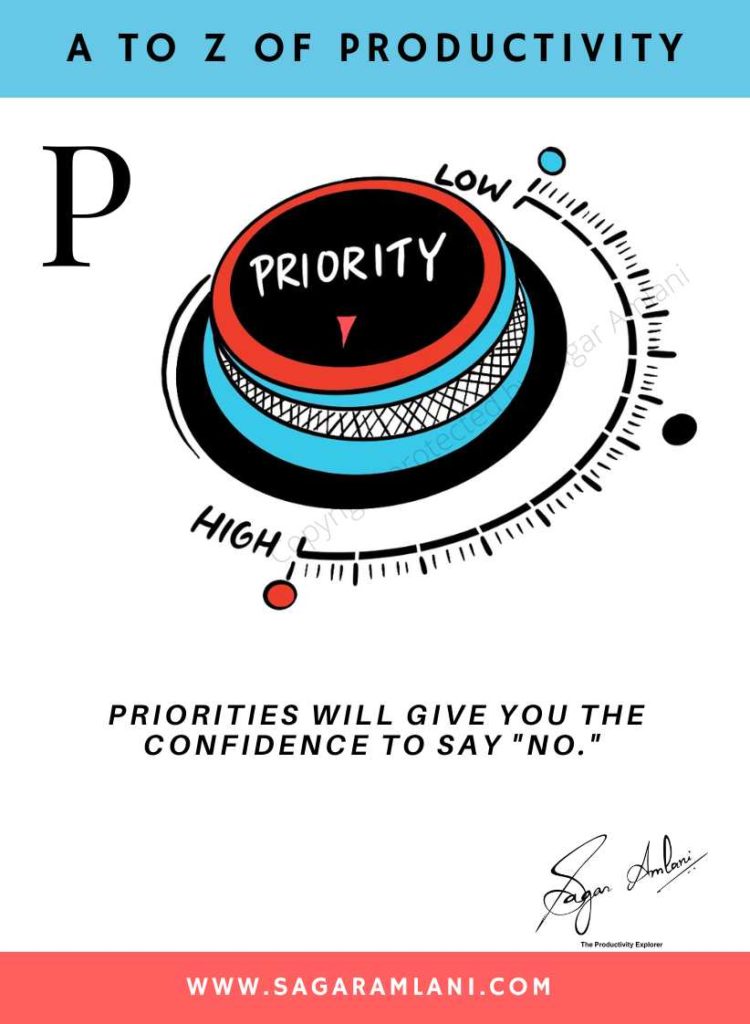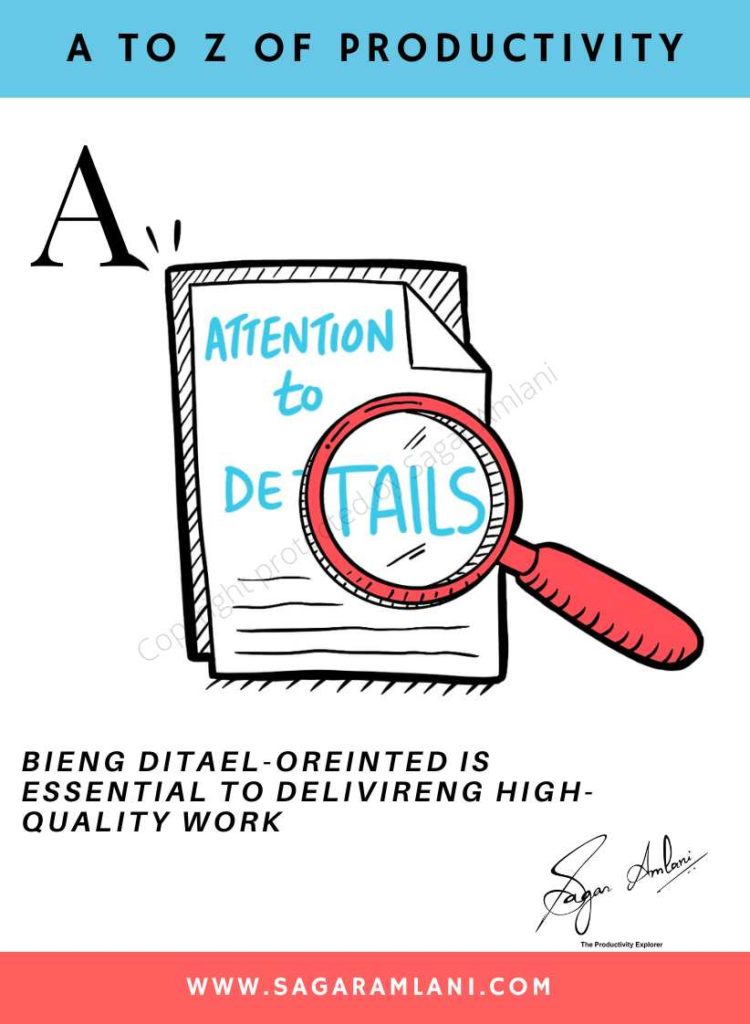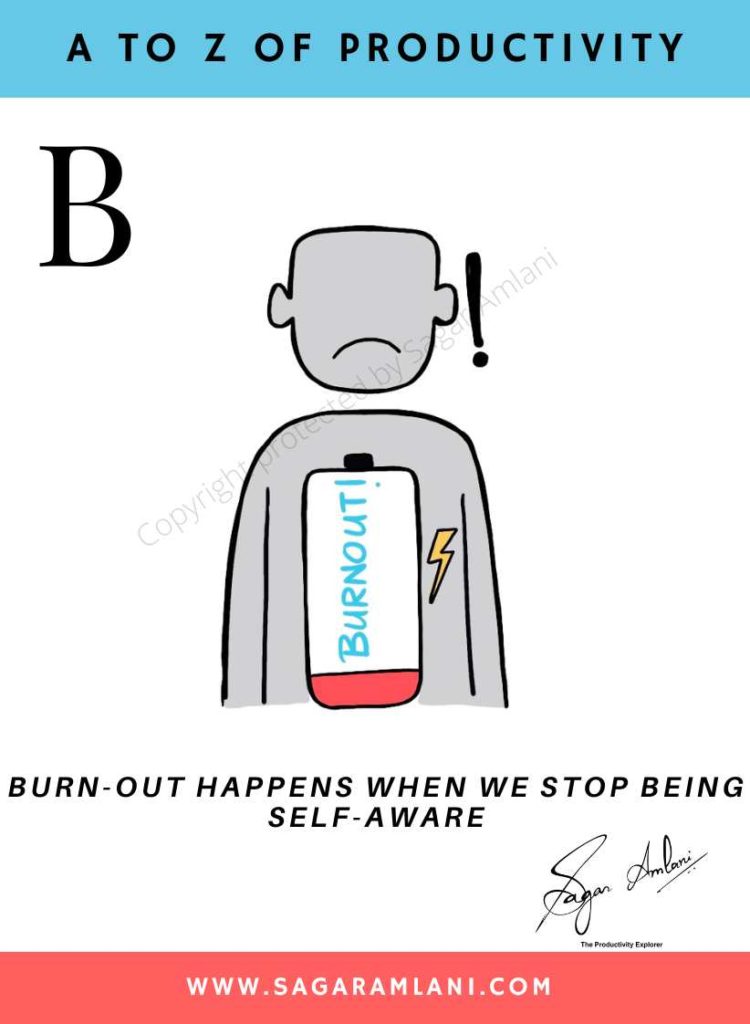Achieve More, Stress Less: The Key Lies in Prioritization
You begin your workday with a rough mental outline of what you need to accomplish. It’s a familiar scenario we can all relate to:
Submitting that draft proposal.
Paying a few bills.
Meeting your manager.
Sending a few important emails to clients.
But as you step into the office, you’re greeted by unexpected challenges: two additional meetings, numerous phone calls, a project crisis, and a cascade of distractions. By the end of the day, as you power down your computer, the disheartening truth dawns upon you—you haven’t completed any of the tasks you set out to achieve.
Does this scenario ring a bell? Is it something that happens to you?
You are not alone. Many others face the same predicament.
The good news is that there is a solution—a powerful path that leads to extraordinary results: setting priorities right.
Setting priorities is not just about creating a to-do list; it’s about making conscious choices and aligning your actions with what truly matters. By mastering the art of priorities, you can regain control over your workday and achieve remarkable outcomes.
45% Purpose + 45% Priority + 10% Plan = 100% Extraordinary Results
Here are a few essential strategies to help you navigate the priority maze:
Identify the Critical Few:
Distinguish between urgent and important tasks. Focus on the critical few that align with your goals and values. Prioritize tasks that have the highest impact and contribute directly to your success.
Learn to Say “No”:
Don’t let distractions derail your progress. Say “no” to low-priority tasks and unnecessary commitments that don’t align with your goals. Protect your time and energy for what truly matters.

Plan and Block:
Create a structured plan for your day and allocate specific time blocks for different tasks. Guard these blocks as sacred time and minimize interruptions. Stick to the plan and avoid multitasking.
Flexibility and Adaptability:
Acknowledge that unexpected challenges will arise. Stay adaptable and be ready to adjust your priorities when necessary. Assess new information and make informed decisions on where to invest your energy.
Delegate and Seek Support:
Recognize that you can’t do everything on your own. Delegate tasks that can be handled by others and seek support from colleagues or team members. Collaboration and shared responsibility can lighten your load.
If you do not plan and set priorities, you will end up following the principle of working for “who shouts the loudest”
Setting priorities right is not a one-time task; it’s an ongoing practice that requires focus and discipline. Embrace the journey of mastering priorities, and you will unlock a new level of productivity and accomplishment.
Setting priorities is an ongoing practice that requires focus and discipline. As you embark on this journey, you’ll unlock a new level of productivity and accomplishment. So, let’s embrace the power of priorities and pave the way for extraordinary results in our lives.



